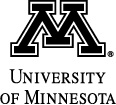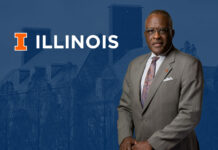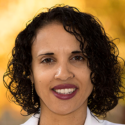 A new study by researchers at the University of Minnesota has found that racially diverse suburbs of major metropolitan areas are growing faster than predominantly White suburbs.
A new study by researchers at the University of Minnesota has found that racially diverse suburbs of major metropolitan areas are growing faster than predominantly White suburbs.
The data shows that the number of racially diverse suburbs of the 50 largest metropolitan areas increased from 1,006 in 2000 to 1,376 in 2010. (Racially diverse suburbs are defined as having nonwhite populations between 20 and 60 percent.) The study found that in 2010, 44 percent of suburban residents lived in racially diverse suburbs compared to 38 percent in 2000.
Myron Orfield of the University of Minnesota and co-author of the study, stated, “The rapidly growing diversity of suburban communities suggests a degree of declining racial bias and at least the partial success of fair housing laws.”
But Professor Orfield warns that these communities risk becoming resegregated. “Stable integration is possible but it does not happen by accident,” says Professor Orfield. “It is the product of clear race-conscious strategies, hard work, and political collaboration among local governments. Racially diverse communities represent the best model for the nation’s educational, economic, and political success.”











